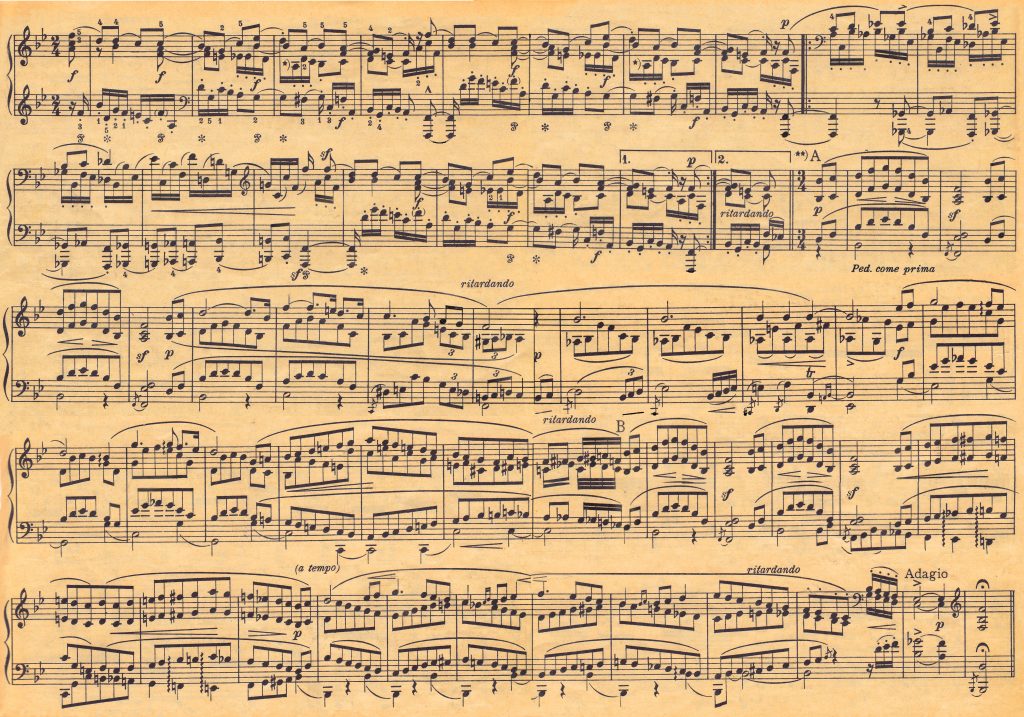
Beethoven’s Symphony Revolution: Musical Innovation Unveiled
Introduction
Ludwig van Beethoven, a name synonymous with genius and innovation in the world of classical music, revolutionized the symphony. His compositions laid the foundation for the Romantic era, inspiring generations of composers and reshaping the landscape of orchestral music. In this exploration of Beethoven’s innovations, we’ll delve into the maestro’s life, his contributions to the symphony, and the lasting impact of his groundbreaking works.
The Early Years: Beethoven’s Musical Journey
Ludwig van Beethoven was born in Bonn, Germany, in December 1770. His early life was marked by musical prodigiousness. His father, Johann van Beethoven, recognized his son’s talent and began training him rigorously in music from a young age. Beethoven’s first public performance took place when he was only seven years old, and it was evident that he was destined for greatness.
At the age of 17, Beethoven moved to Vienna, a hub of musical creativity and innovation in the late 18th century. There, he studied under renowned composers like Joseph Haydn and quickly made a name for himself as a virtuoso pianist and composer. As he matured, Beethoven’s desire to push the boundaries of music grew stronger, foreshadowing the revolutionary symphonies that would later define his career.
Symphonic Evolution: Beethoven’s Contributions
Beethoven’s symphonic innovations can be best understood by examining his most famous symphonies, each of which represents a unique milestone in the history of classical music.
1. Symphony No. 3, “Eroica” (1804)
Beethoven’s Symphony No. 3, known as the “Eroica,” marks a pivotal moment in the evolution of the symphony. Composed in 1804, this work shattered the conventions of the time. The “Eroica” is longer and more complex than any previous symphony, with its grandeur and emotional depth pushing the boundaries of classical music.
The first movement alone is revolutionary in its scope, featuring a bold and heroic theme that is developed throughout the symphony. Beethoven’s use of dynamic contrasts, thematic transformation, and innovative harmonic progressions demonstrated his willingness to challenge the traditional symphonic structure.
2. Symphony No. 5 (1808)
Beethoven’s Symphony No. 5 is perhaps one of the most iconic pieces of classical music ever composed. The four-note motif that opens the symphony, famously known as the “Fate motif,” is instantly recognizable and has become a symbol of triumph over adversity.
What sets Symphony No. 5 apart is Beethoven’s use of cyclic form, where themes from earlier movements reappear in later ones, creating a sense of unity and coherence. This approach was groundbreaking at the time and showcased Beethoven’s desire to push the boundaries of classical form.
3. Symphony No. 6, “Pastoral” (1808)
In Symphony No. 6, known as the “Pastoral,” Beethoven took a departure from the typical dramatic and heroic themes that characterized his other works. Instead, he sought to depict the tranquility of the countryside and the beauty of nature. This symphony features programmatic elements, with movements representing scenes from rural life, like a brook and a thunderstorm.
Beethoven’s innovation here lies in his ability to convey a vivid narrative through music, setting a precedent for later composers who would explore storytelling through symphonies.
4. Symphony No. 9, “Choral” (1824)
Beethoven’s Ninth Symphony is a crowning achievement in the history of music. It is the first symphony to incorporate voices, breaking the boundaries of instrumental music. The final movement features Friedrich Schiller’s “Ode to Joy,” sung by a choir and soloists, delivering a message of unity and brotherhood.
This symphony not only expanded the symphonic form but also emphasized the power of music to convey profound human emotions and ideals. Beethoven’s Ninth Symphony transcends the traditional boundaries of music, becoming a universal anthem for the celebration of humanity.
Legacy and Influence
Beethoven’s innovations in symphonic music left an indelible mark on the world of classical composition. His boldness in challenging convention, his use of cyclic form, and his incorporation of voices in the Ninth Symphony all set a precedent for future generations of composers. The Romantic era, which followed Beethoven’s time, was profoundly shaped by his innovations, as composers sought to explore emotions and individual expression more deeply in their music.
Composers like Hector Berlioz, Pyotr Ilyich Tchaikovsky, and Johannes Brahms were heavily influenced by Beethoven’s symphonic innovations. Berlioz’s programmatic symphonies and Tchaikovsky’s emotional depth owe a debt to Beethoven’s willingness to explore new realms of musical expression. Brahms, often hailed as the heir to Beethoven’s legacy, continued to build upon the symphonic innovations introduced by the maestro.
Even in the 20th and 21st centuries, Beethoven’s influence endures. His music continues to be a staple of classical concert repertoires, and his symphonies remain a source of inspiration for contemporary composers who seek to challenge the boundaries of classical music.
Conclusion
Ludwig van Beethoven’s symphonic innovations represent a seismic shift in the world of classical music. His willingness to break with tradition and push the boundaries of musical expression paved the way for the Romantic era and beyond. Beethoven’s symphonies, from the heroic “Eroica” to the transcendent Ninth Symphony, continue to inspire musicians and audiences alike, serving as a testament to the enduring power of innovation and artistic genius.
As we reflect on Beethoven’s contributions to the symphony, we are reminded that innovation knows no bounds in the world of music. Beethoven’s legacy encourages us to embrace creativity, challenge conventions, and seek new frontiers in the pursuit of artistic excellence. Through his symphonies, Beethoven not only transformed the world of classical music but also touched the depths of the human soul, leaving an indelible mark on the history of art and culture.